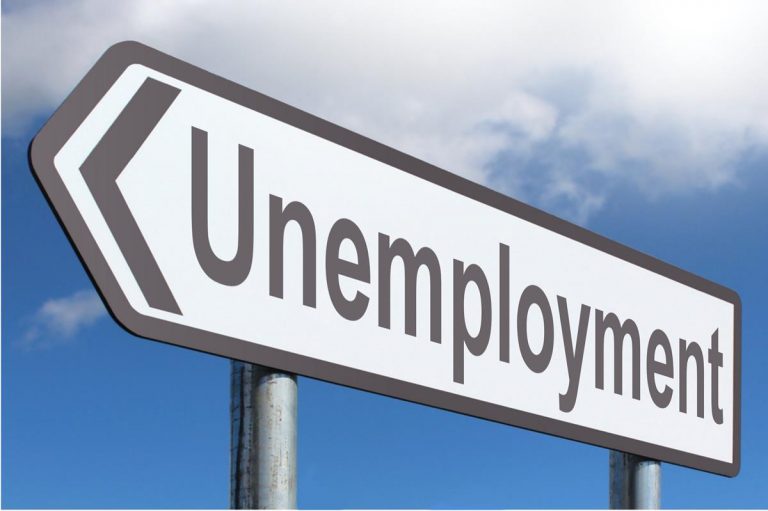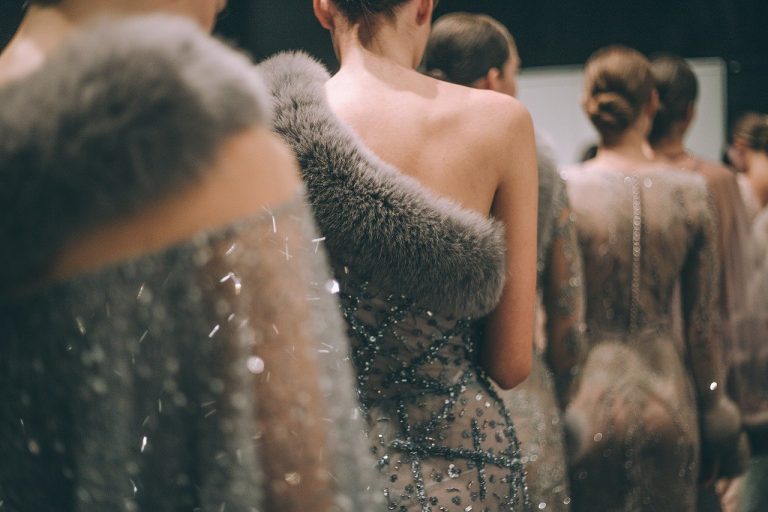5 Hispanic and Latinx Stereotypes in American Films
Hispanic and Latinx people have been in American films since the early 1900’s, but didn’t majorly break into American film production until the 1970’s. However, during that time, Hispanics and Latinx were were very underrepresented. Among the few, Myrtle Gonzales and Beatriz Michelena were Latinx who created silent films. After the silent film era and voices came into movies, stereotypes were formed – people were able to hear the accents and language barriers. Here are 5 stereotypes that have been created in American films.

How Hispanics and Latinx are shown as Criminals
Hispanics were known as “el Bandito” in early American films. They were portrayed as “treacherous, shifty, and dishonest” villains. As early as 1900, Hispanics in silent films were shown as outlaws who violently terrorized the “honest, hard-working” Texan ranchers. This stereotype of violent Mexican outlaws grew as Western films portrayed conflicts at the US-Mexico border. As it became a bigger issue, Hispanics and Latinx were fed up with being portrayed as outlaws, especially Mexicans.
“By 1919, the Mexican government had had enough, and formally complained about Hollywood’s deliberate focus on the ‘worst conditions they could find’” (Hadley-Garcia)
Mexico protested these filmmakers by refusing them to use locations in Mexican land if they kept portraying Hispanics and Latinx in a negative manner. In 1922, Mexico officially banned these negative films. Other Hispanic and Latin American countries followed suit.
To this day, Hispanics and Latinx have continuously been portrayed as this same “el Bandito”, except as drug lords in nice white suits or street thugs. An example of this would be Will Ferrel’s Casa di Mi Padre. The film is about a man who is involved in the illegal drug business and plays on the drama of telenovelas. In the beginning, it shows a character shooting and killing someone. Although it is a parody to telenovelas, it shows the awful stereotype of Mexicans being violent killers and illegal pushers.
How Hispanics and Latinx became Sexualized
In the 1940’s, World War 2 was rampant. The USA had lost trade with Europe and was essentially bound to rely on Mexico and Latin America for a steady economy. The Good Neighbor Policy was then revived from abandonment in the 1930’s. This policy’s goal was to pull Latin America closer to the United State’s influence. This made US filmmakers and the government focus more on Hispanic and Latinx complaints.
Hollywood then changed the way they portrayed these cultures. Their films included Latin American music and language. This was how the “Latin Lover” stereotype was created. It was one step forward, but still a step back for fighting stereotypes. An example of a Latin Lover is Juandissimo Magnifico from the Nickelodeon show Fairly OddParents. He’s a buff fairy who’s seductive and into love and dance. Juandissimo also has a heavy accent that supplements the stereotype. Hispanic and Latinx women are mostly portrayed as exotic and sexy. One such actress would be Sofia Vergara in Modern Family. She’s portrayed as another cliche of a Latinx immigrant woman with a thick accent and talks about violence back in her old country.
How being a Servant became Tied to Hispanics and Latinx
Historically dominated by black people, the servant stereotype made its way to being portrayed by Hispanics and Latinx people. In film and television, you’ll most likely see a Hispanic or Latinx person in the role of a subordinate under rich white folks. These roles include a gardener, bellhop, cook, and the maid. Hispanic and Latinx women in the maid stereotype show them struggling to support their children. Though it’s meant to show a good message, it also shows the “us vs them” mentality, where it compares “them” as imperfect and “us” as the standard. It represents the inequalities treatments between the two groups. An example of a Hispanic character in the role of a maid is Jennifer Lopez in the movie Maid in Manhattan. Lopez plays a single mother who raises her 10-year-old son while working in an upscale hotel, trying to figure out if she should continue her career as a maid or pursue a rich man.
Buffoons and Clowns
The buffoon and clown are stereotypes that aren’t studied as much, but you can see them portrayed in film and television. For example, Nacho Libre is a comedy film. Most will see it as that, but some will see Nacho Libre as offensive. Jack Black plays Ignacio/Nacho, a Hispanic character (Jack Black isn’t Hispanic). Nacho is meant to be a ridiculous clown used for comedy. This role still plays an issue for Hispanic and Latinx actors. Another example is Michael Peña in Marvel’s Ant-Man. He’s portrayed as a male buffoon. Although his character plays a vital role in the movie, he is mainly used as comedic relief.
Why Hispanics and Latinx are often Portrayed as Immigrants
The United States is known for immigration. Now, Hispanics and Latinx experience immigration as a negative stereotype in films and television. As immigration from the southern US border is a hot topic for politics, Hispanic and Latinx people are at the forefront of being called an alien – not belonging, or out of this world. When they are portrayed as such, Hispanics and Latinx are thought as undocumented immigrants. Though the movie is not focused on immigration, Disney Pixar’s Coco shows the negative portrayal of illegally crossing the “border” to another “nation” which is the afterlife. This then plays into the racism and stereotypes that Hispanics and Latinx face on a daily basis.
Films and TV Shows that Break the Stereotypes
- I Carry You With Me
- Pelo Malo
- The Graduates
- Overboard
- CODA
When I was younger, I thought it was normal for these roles to occur. I thought the comedians were funny and that Latin languages were used for “love”. As I got older, I noticed these were stereotypes that Hispanics and Latinx actors were being cast in – all the time! Learning about these, it’s always best to watch movies and think about the stereotypes that hold a community back. We can educate ourselves about these diversity issues and see how they are progressing with change.


